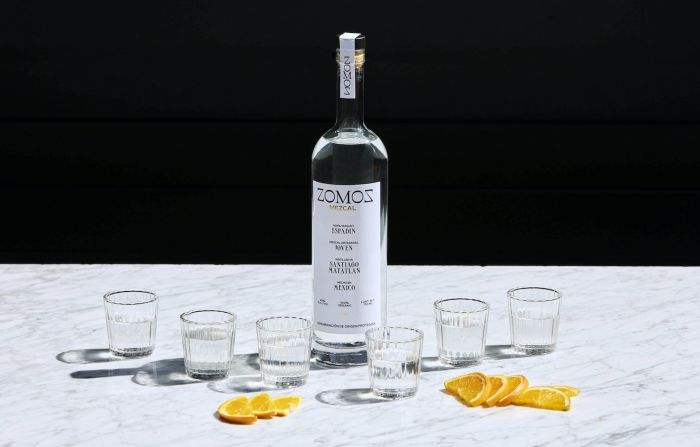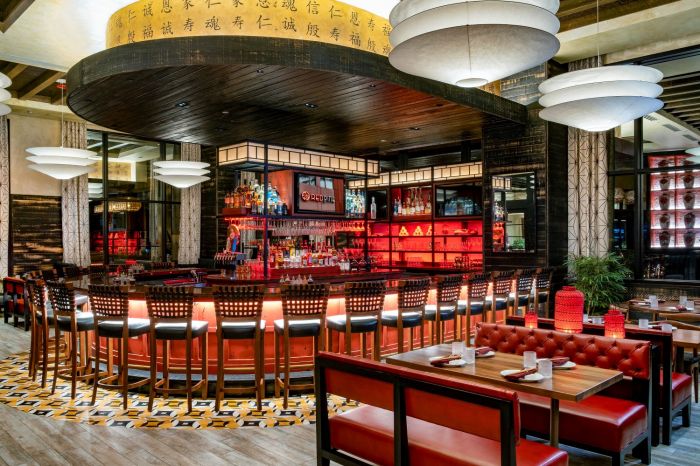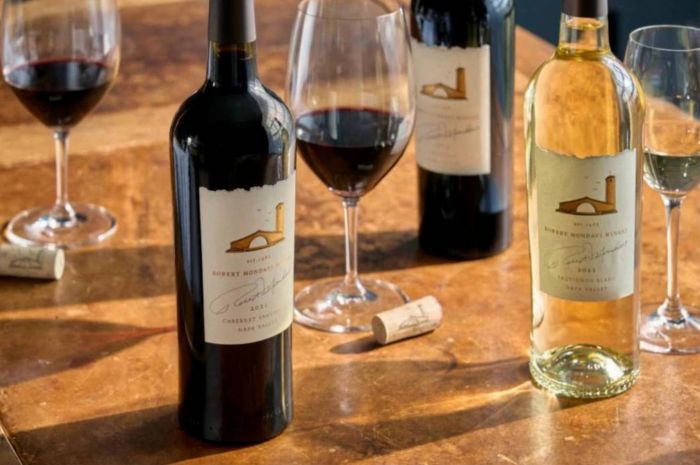The Penfolds Grange and a Visit to the Magill Estate Cellar Door: Australia’s Crown Jewel of Wine:
There are certain people, places, or products that are so far beyond any peer that their superiority is without question. They are, in a word, undisputed. An example would be Mike Tyson in his prime, so ferocious that any opponent was not expected to last more than a few rounds before inevitably being knocked out. Or perhaps a Rolls Royce Phantom, the epitome of luxury cars so much so that every other product when considered the best in its category is referred to as the Rolls Royce of ….., fill in the blank. Well, when it comes to wine in the land down under, one wine stands alone and without a peer. That wine is the Penfolds Grange.
The Grand Dame of Australian Wine
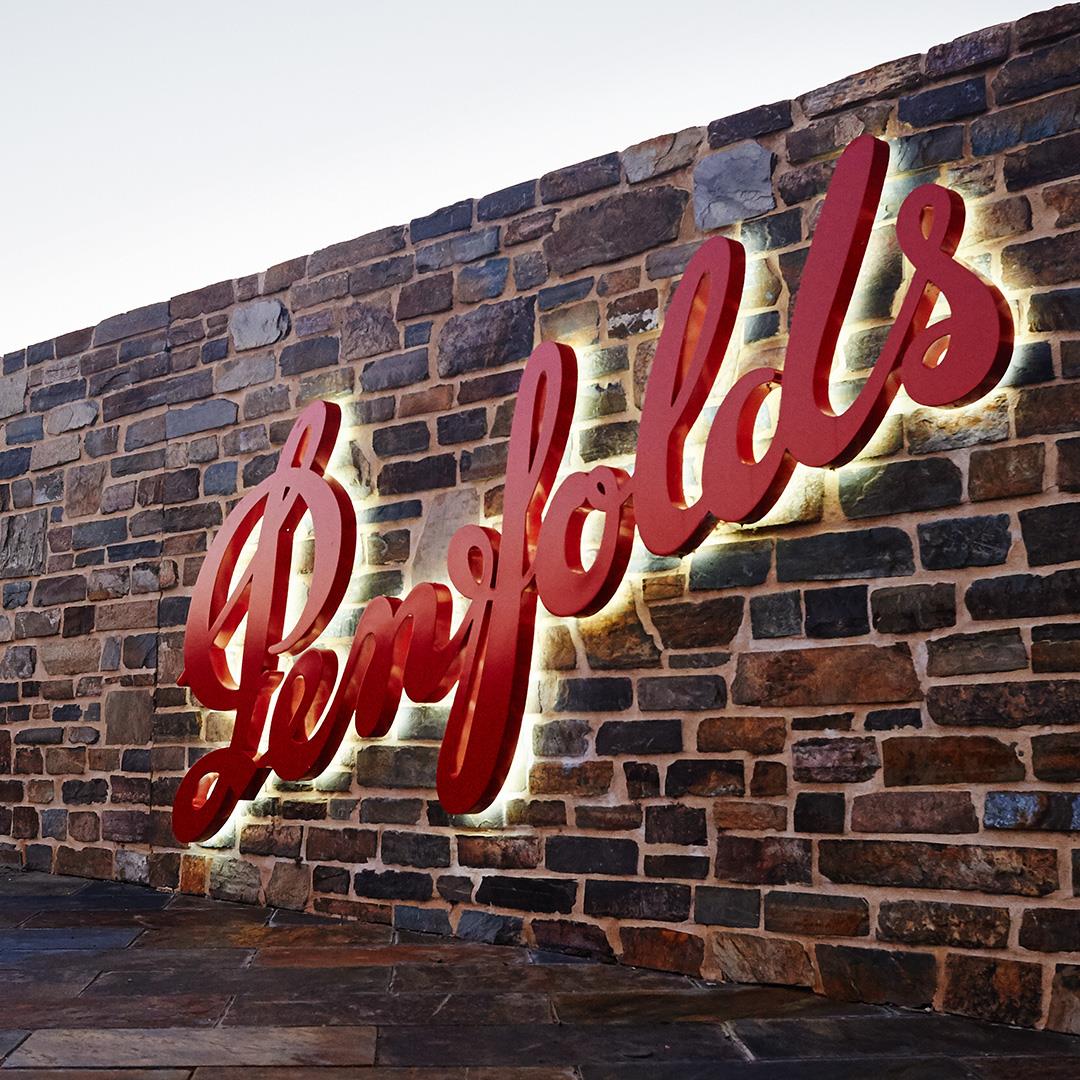
Without question, the most acclaimed wine producer in Australia is Penfolds. The brand single-handedly put Australia on the map back in the 50s as a wine region to be reconned with and, as they say, the rest is history. Penfolds is so much more than a one-trick pony and produces a range of highly regarded wines in addition to the Grange with a full collection of products from Riesling to Grenache.
A must for the wine enthusiast is a journey to Adelaide and to see first hand the Penfolds Cellar Door and the historical home of Penfolds, The Magill Estate. The Magill Estate is sat on a vineyard surrounded by 12 acres with 168-year-old vines that still produce fruit used in the Penfolds Magill Estate Shiraz. While there oenophiles are immersed in the company's rich history and wine culture in an experience that includes a fascinating winery tour, an informative wine tasting, and culminates in degustation dining at one of Australia’s most highly regarded restaurants. After a day at Penfolds Magill Estate, the wine lover will fully understand, appreciate, and inevitably grow deeper in their love of Penfolds wines. If you’re looking for wine nirvana, you’ve just found it.
Dr. Penfolds, Max Shubert, and the History of Penfolds Wine

The Penfolds' story is as rich, colorful, and delicious as a glass of their wine. It’s really about two rebels who went against the norms of the day to forge their own path.
The Penfolds saga begins with Dr. Chris and his wife Mary Penfolds who emigrated to Australia from England in 1844. The young couple landed in Adelaide where they founded a health clinic and began producing fortified wines including port and sherry as medicinal tonics for patients. In 1845 they built the Magill Estate, a small stone cottage, that still stands today. The Penfolds named it the Grange and around the estate, they planted vine cuttings brought with them from France. Over the years, as their wines became more popular, the couple began producing more than fortified wines and added table wines to their offering including Cabernet and Riesling.
The second most prominent figure in Penfolds’ history is Max Schubert. His entry into the wine industry began in 1931 at the age of 16 as an errand boy for Penfolds. By 1948, he worked his way up to chief winemaker overseeing the production of their successful table wines.
After WWII he visited a number of wineries in Bordeaux and became fascinated with their production techniques and the qualities of their wines brought on by aging them more than 10 years. Upon his return, he began experimenting with shiraz blends and Bordeaux winemaking techniques to create the Grange Hermitage (now the Grange) which he named after the Penfold homestead.
However, the wine’s story was not without controversy. He began production of his Shiraz varietal blend in 1951 but the Australian palate was not accustomed to these types of complex aged wines. Local critics as well as the company leadership were not interested in the product and he was instructed to cease production. Nondeferred and sure he was on to something with great potential, he continued production in secret. In the end, it became clear that Max Schubert and the Grange were just ahead of their time.
The impact of Penfolds, Max Shubert, and the Grange on the Australian Wine Industry can not be understated. In 1960, he entered the 1955 vintage of Grange into the competition which went on to win more than 50 gold medals worldwide.
He literally shocked the wine world, especially the elitist old-world wine gentlemen’s club from Spain, Italy, and France. They must surely have thought “How on Earth is it possible that this unheard-of wine brand from some God-forsaken country on the other side of the world is capable of producing such amazing wine?”
The Impact of The Grange on the Australian Wine Industry
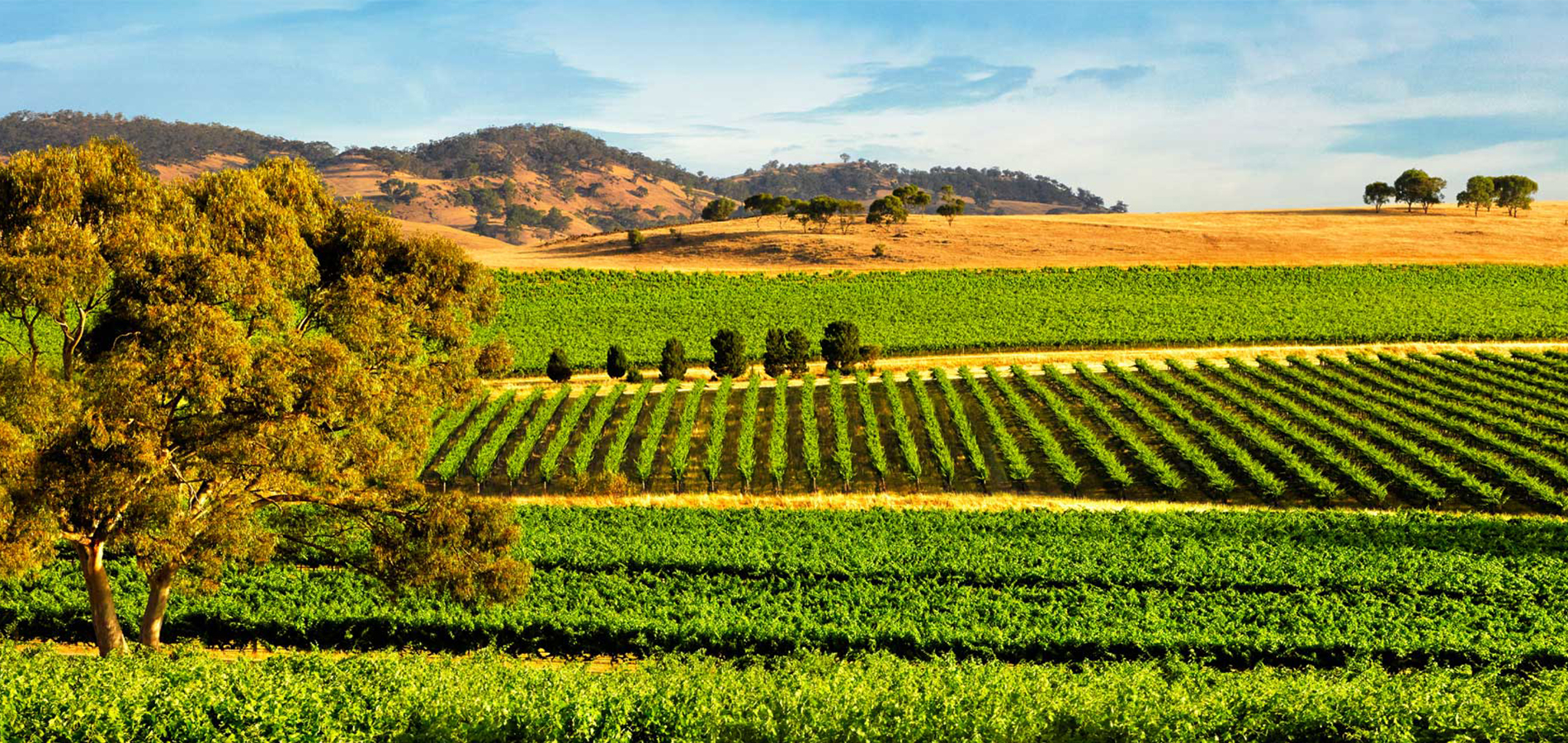
And from there, along with the accolades and admiration, came a new level of respect for the quality of wines produced in Australia that reverberates to this day. The international wine world would then take note of other exceptional Australian wine producers such as Henschke and their Hill of Grace, the D'Arenberg Dead Arm, and other award-winning wines from Seppeltsfield, and Leeuwin Estate. Beyond the Barossa, Australia’s other wine-producing regions gained prominence as well including Margaret River, Tasmania, Yarra Valley, Coonawarra, Claire Valley, and others.
One cannot say that Penfolds is the sole reason for the success of the Australian wine industry but it is without question that it was a big help along the way. Today the Australian wine industry is the fifth largest exporter of wine in the world and produces 1.3 billion liters annually. It is one of the largest sectors of the Australian economy contributing over 30 billion USD each year.
That is the impact of Penfolds and the Grange and over the years it perennially performs as one of the top wines in the world;a testament to Max Shubert’s innovation and vision over 70 years ago.
The Penfolds Wine Portfolio
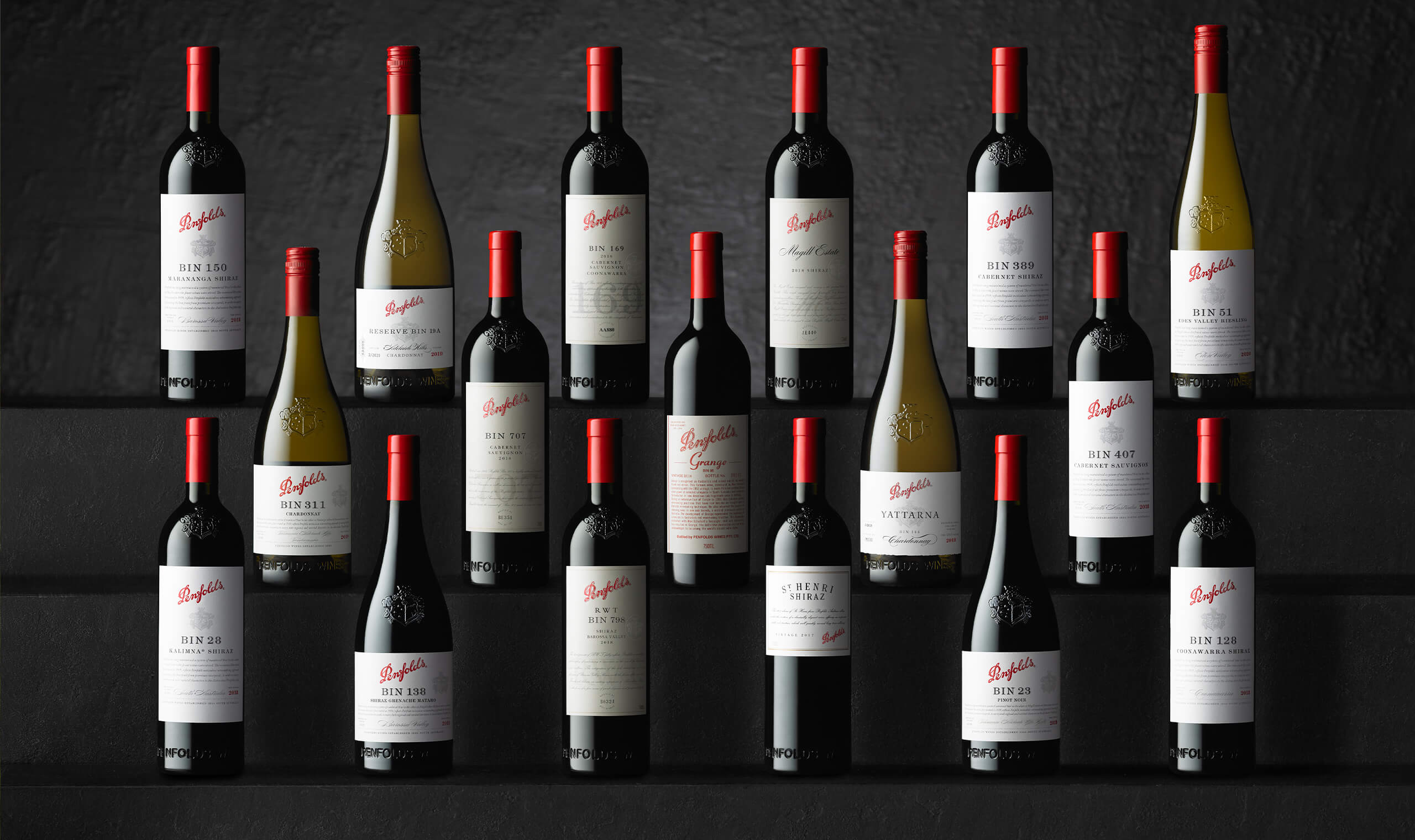
Penfolds has grown to become Australia’s wine powerhouse and in addition to its flagship Grange, has become renowned for its premium and ultra-premium wines.
The company has vineyards in Australia’s top growing regions outside the old vines of the Barossa with vineyards in Adelaide Hills, McLaren Vale, Coonawarra, and from the Eden Valley, a producer of world-class Riesling. These vineyards produce a range of grapes from Shiraz, Cabernet Sauvignon, Grenache, Pinot Noir, Chardonnay, Sauvignon Blanc, and other varietals.
Although the Penfolds Grange is clearly one of the world’s best wines, Penfolds has several other wines that have garnered international acclaim and top awards as well. Most notably their Bin 707 Cabernet Sauvignon, RWT Bin 798 Barossa Valley Shiraz, Magill Estate Shiraz, St Henri Shiraz, and Bin 170 Shiraz. Not only has Penfolds achieved success with red wines, but their Reserve Bin A Chardonnay has also won numerous awards as well.
The success of Penfolds in Australia has also led the company to expand beyond the land down under and now produces wines in Sonoma and Napa Valley, planted with vine cuttings from their South Australia vineyards. The endeavor has taken over 20 years and had led to their successful California Collection with its own flagship, the Quantum Bin 98 Cabernet Sauvignon.
So What Makes the Penfolds Grange So Special
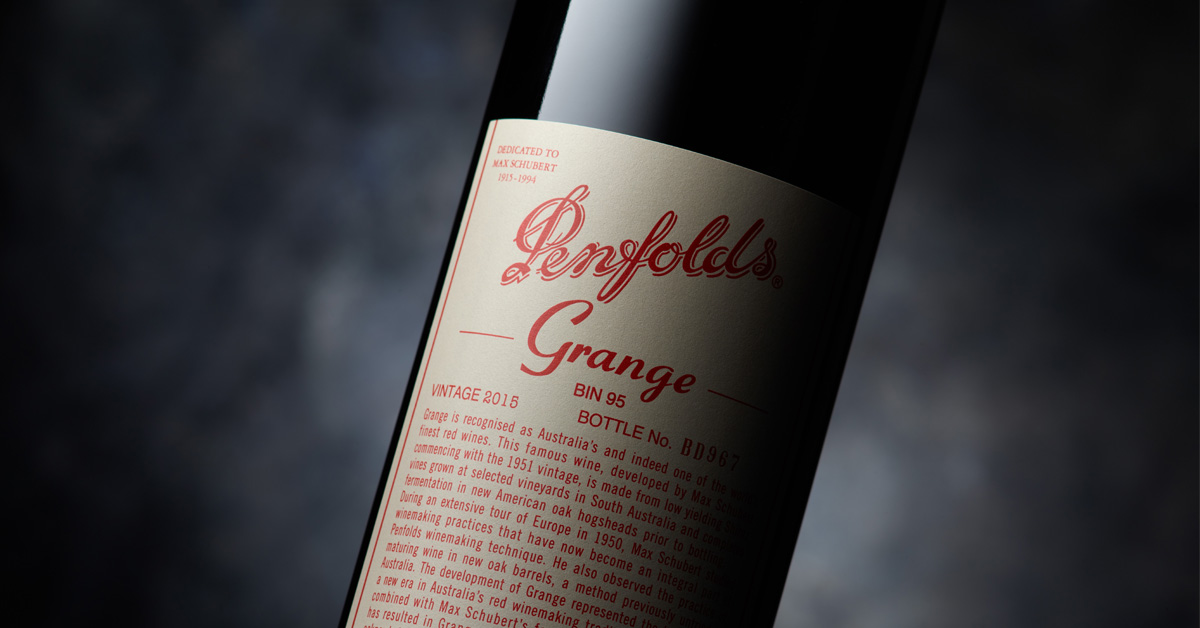
No one would ever argue that Australia’s Grand Dame of wines is the Grange. This is manifested in terms of not only its prestige but also its price at about $1000 a bottle. A collector recently paid $157,000 for a bottle of 1951 Grange which holds the record for the most paid-for an Australian wine.
What makes the Grange so unique is a number of factors. First, it does not source its fruit from a single block or vineyard as is the common practice with the best old-world wines. It takes the best fruits that can be sourced from the Barossa, Australia’s finest shiraz growing region, and from other Penfolds’ estates. Another factor is that a small amount of cabernet sauvignon is blended with the shiraz must before fermentation.
The other key difference is that the Grange is aged for 20 months in American Oak vs French Oak, giving it another set of unusual flavors and characteristics. What Max Shubert created seventy years ago went against the Australian wine-making of the day. Back then, wine was made to be consumed quickly regardless of if it reached its full potential or not. Typically the Grange is not released until five years after vintage although recently the vintages are now released after four years. Experts will share this complex wine reaches its peak at 12 – 15 years after vintage but can age for 20 to up to 50 years.
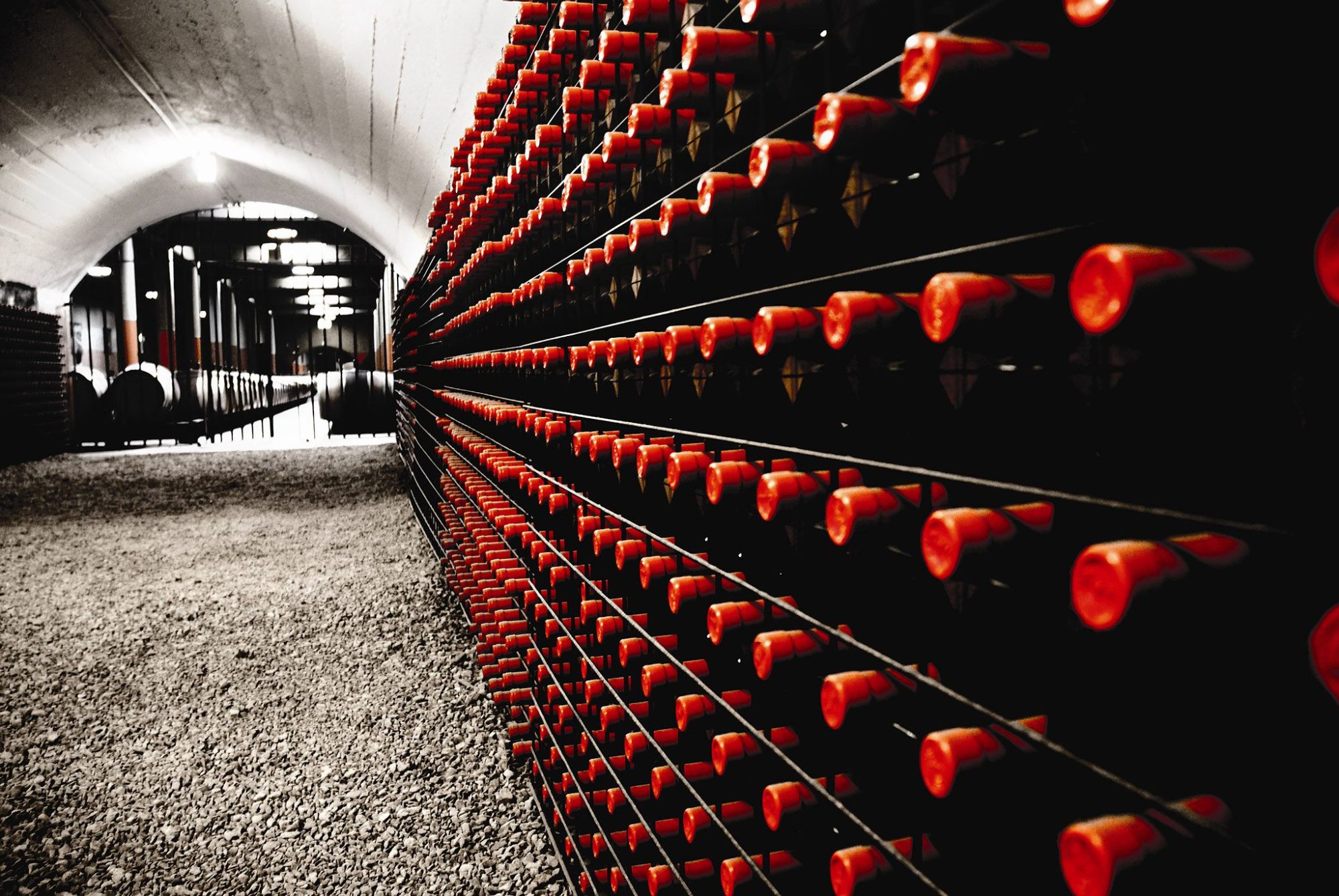
The 2008 Penfolds, Grange, Bin 95 was one of their most successful vintages garnering a number of prestigious awards and 100 points from renowned wine critics such as the Wine Advocate. So in the end, what is it like to taste the Grange? Here is the Wine Advocate review.
Wine Advocate 2008 Penfolds Grange Review Rating: 100/100
Very deep garnet-purple in color the 2008 Grange reveals a truly decadent nose with tons of spices, fruit cake, and black & blue fruit compote notes along with nuances of chocolate and potpourri. The full and rich, multi-layered palate has a little oak still showing, it is going through a little bit of a structural stand-out stage, but it doesn't detract on the long and complex finish. It still needs a good few years to develop, though this very opulent, expressive Grange shows the very best of this vintage and the vineyards it hails from. Lisa Perrotti-Brown - 31/10/2014
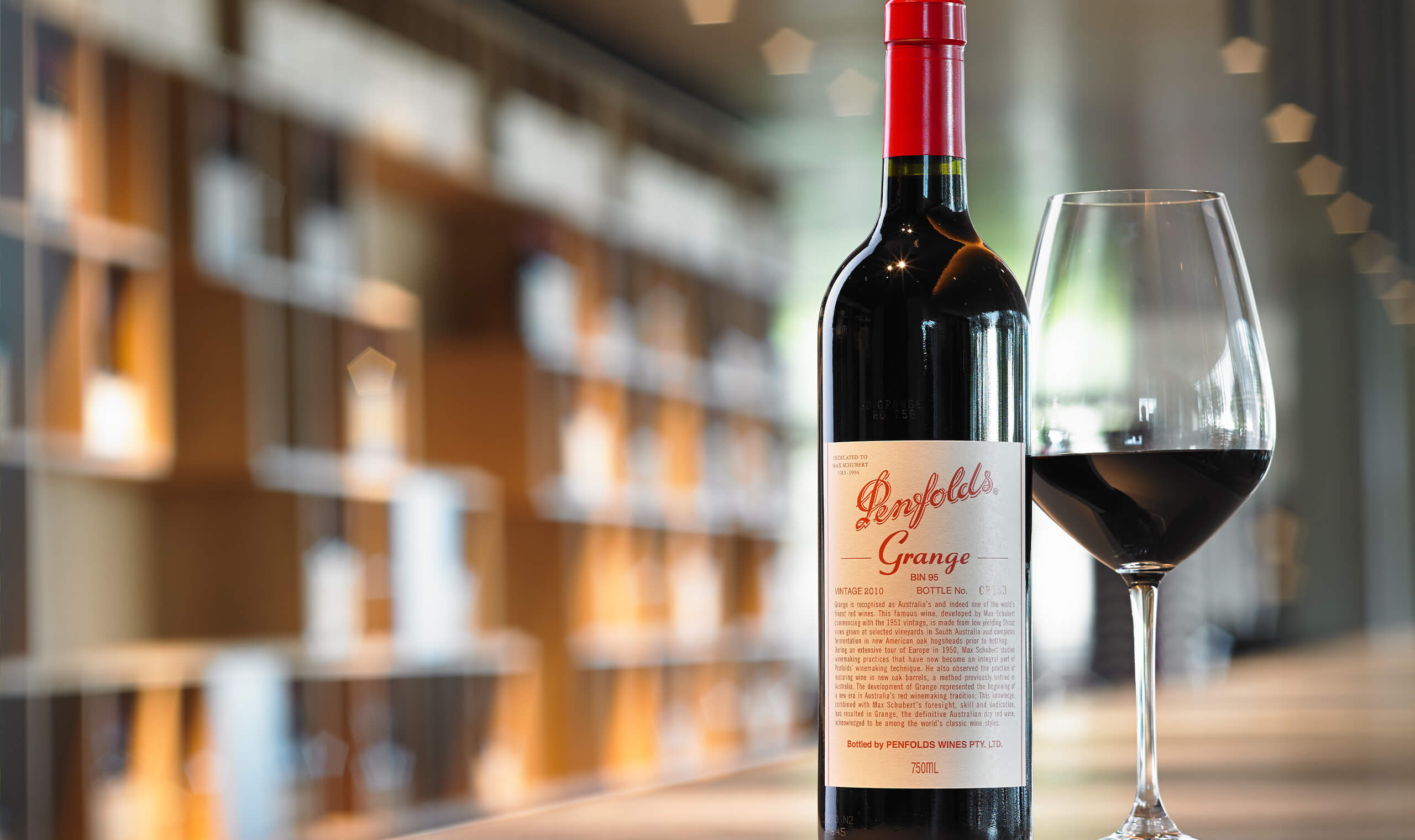
Over the decades, the Grange has achieved cult wine status and has become Australia’s most collectible wine. International wine critics consistently rank the wine among the best in the world bestowing it with a treasure trove of gold metals, high scores, and accolades. The 1955 vintage has garnered more than 50 gold medals. The 1971 vintage was named first prize winner in the Shiraz category at the 2008 Paris Wine Olympics and the 1990 vintage was named Wine Spectators ‘Wine Of The Year' in 1995. And most recently, the 2008 vintage was awarded a perfect score of 100 points by Wine Spectator and the Wine Advocate.
Magill Estate Tour and Penfolds Wine Tasting Experience
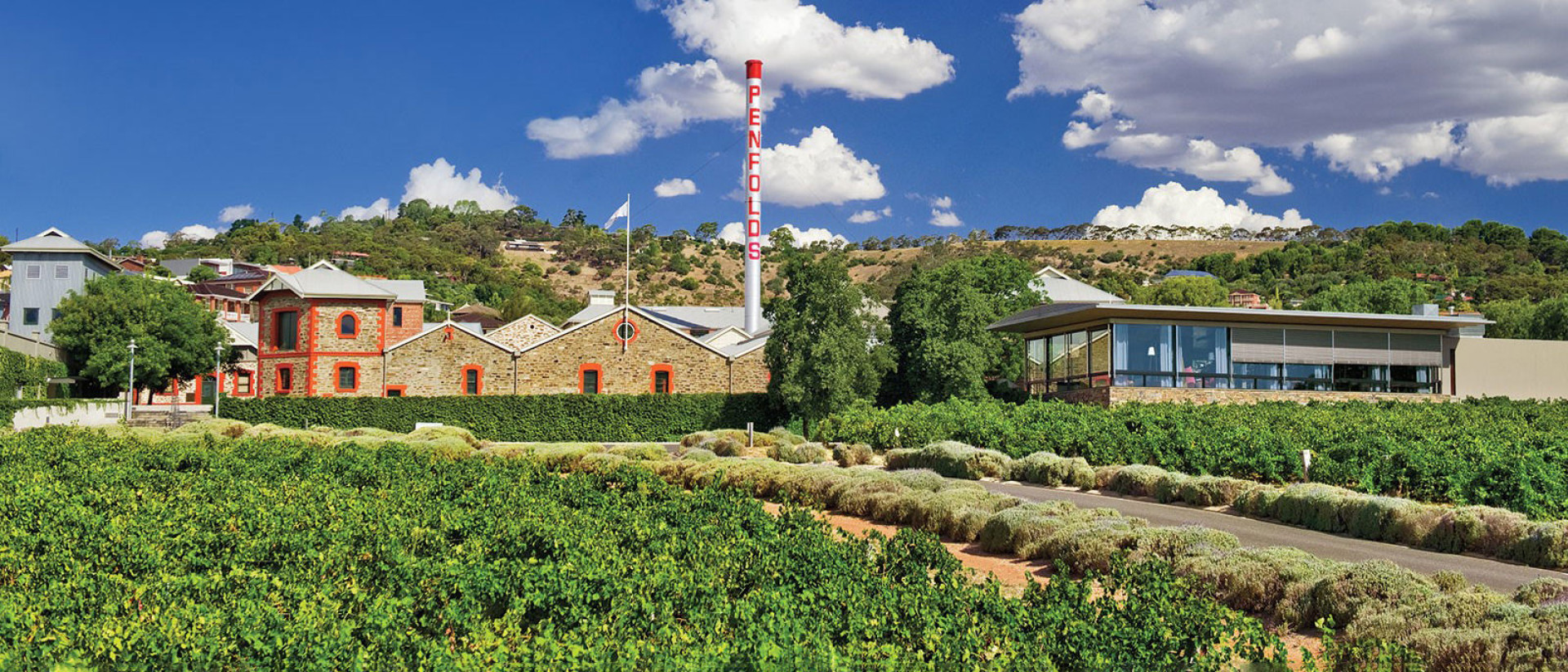
Although the majority of Penfolds winemaking takes place at their state-of-the-art facility in the Barossa, the tour of the Magill Estate and the spiritual home of Penfolds is a must for any wine enthusiast. The setting is surprisingly close to the urban sprawl of Adelaide at the foot of the Adelaide Mountain Range. In fact, to have a proper vineyard in the city limits is quite unusual and the Magill Estate is one of the world's few urban single block vineyards.
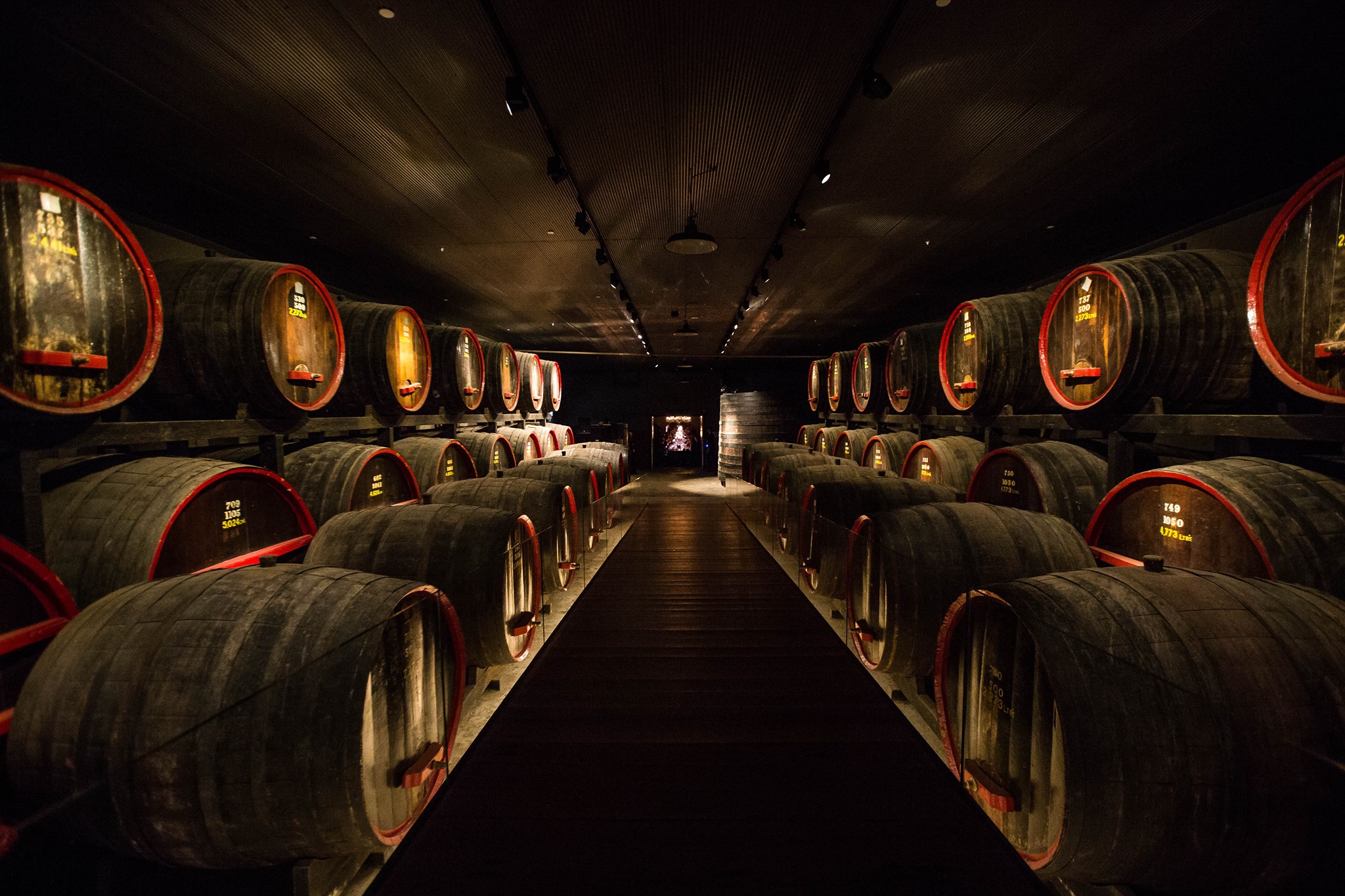
Visitors pass the estate’s vineyards and the rows and rows of century-old grape vines still producing fruit used in production. Upon a hill is the estate, the cellar door building flanked by the Magill Estate restaurant. In its center is the heritage-listed winery and a sky-scraping chimney with the sign of Penfolds lettering just as its been for over 100 years. There you’ll find the winery with century-old cobblestone buildings where production took place.
The visit includes an in-depth guided walking tour through the old winery to see the underground drives and barrel rooms and finally the heritage-listed bluestone cellars. Guests can also visit the original Grange Cottage, built in 1844 as the Penfold’s homestead.
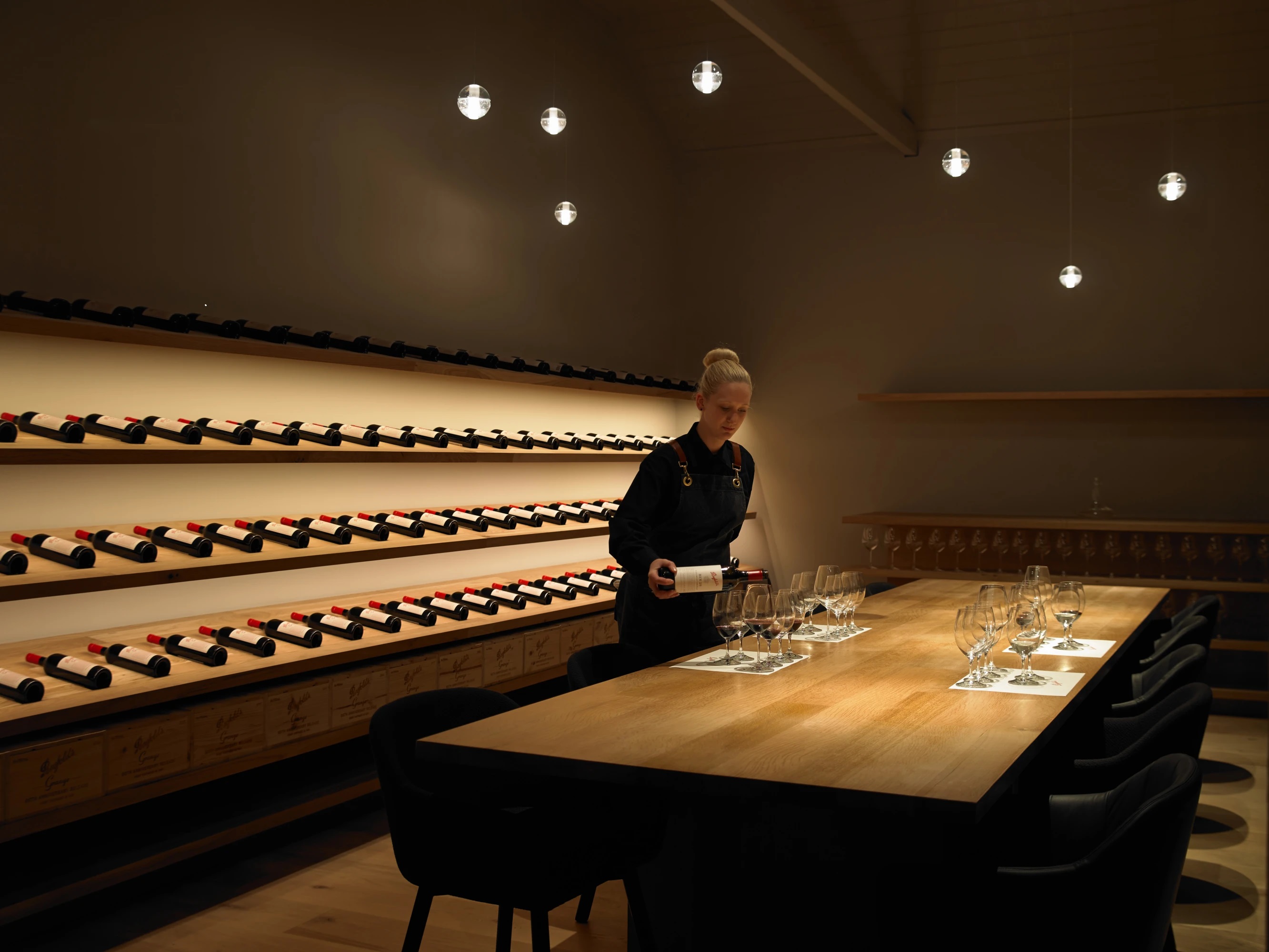
After the tour, guests then visit the cellar door for a tasting experience. There are various options for tasting from more casual tasting to in-depth master classes. Master classes expose guests to the history and wine philosophy of the Penfolds while allowing them to appreciate the delicate qualities, subtle hints, and flavors of the wines. The seated masterclasses take place in a private tasting room with guests tasting three of Penfolds' most coveted wines including their flagship, the Grange.
A Gastronomic Adventure at the Magill Estate Restaurant
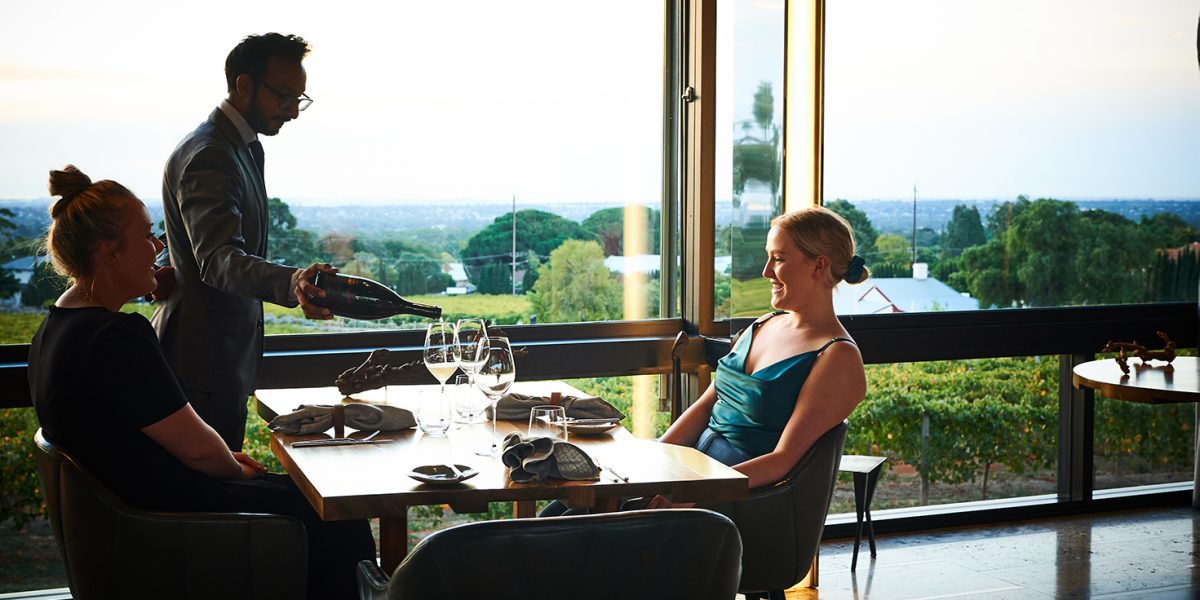
The ultimate way for the culinary connoisseur to enjoy Penfolds is with a dining experience at their Magill Estate Restaurant. Pardon the pun, but one could consider the estate tour, wine tasting as the appetizer, and Magill Estate restaurant as the main course. This is gastronomy par excellence allowing guests to fully appreciate Penfolds wines with a supporting act of exquisite food.
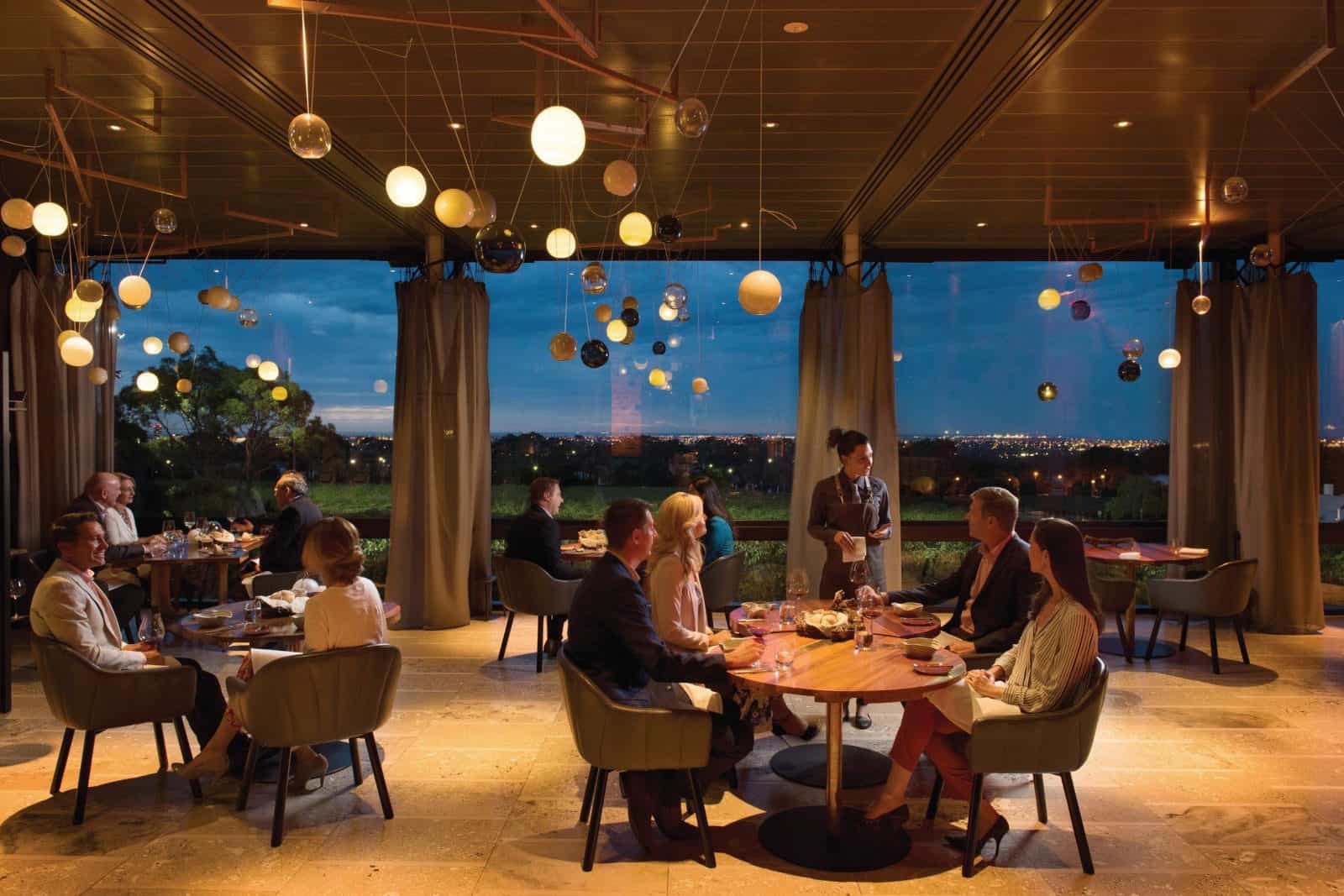
Once through the doors, the decadent design is the first detail of which to take notice. The fine furnishings and rich colors feel more like a parlor in an ultra-modern home. Here guests take in the views over the vineyards with the cityscape of Adelaide in the distance. In the room are mainly well-to-do couples, groups of friends, and the occasional business acquaintances celebrating a mega deal just inked.
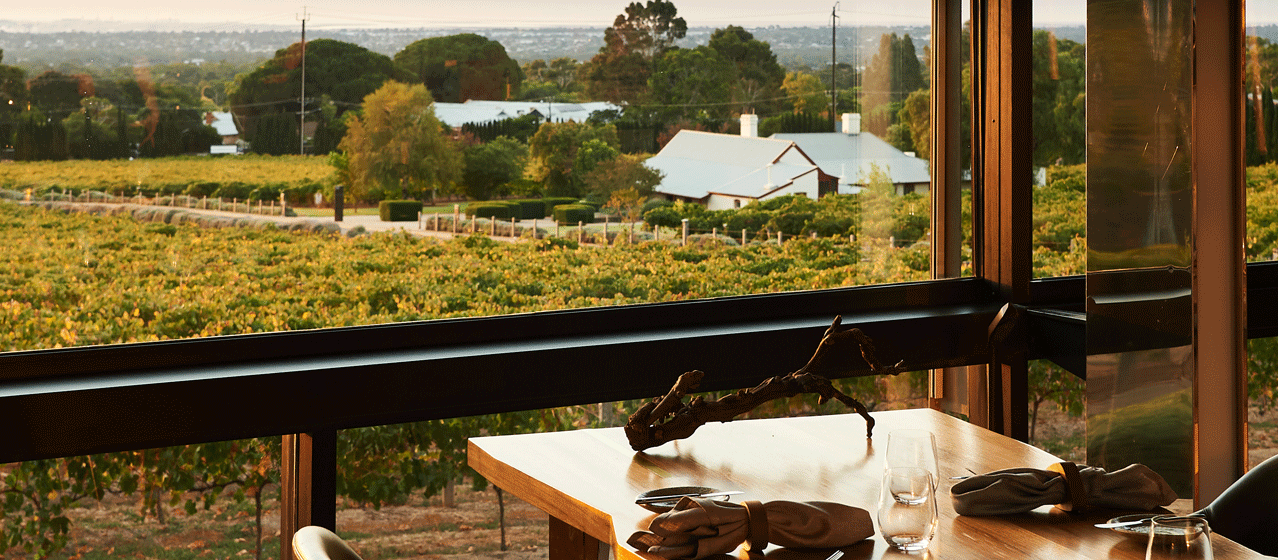
Unsurprisingly, you’ll also find solo dinners, there with purpose to fully immerse themselves in the meal, joined only with their thoughts on the details of this culinary adventure. This is fine dining in a venue that only accommodates up to 36 patrons, so expect a hot table with reservations not always so easy to achieve.
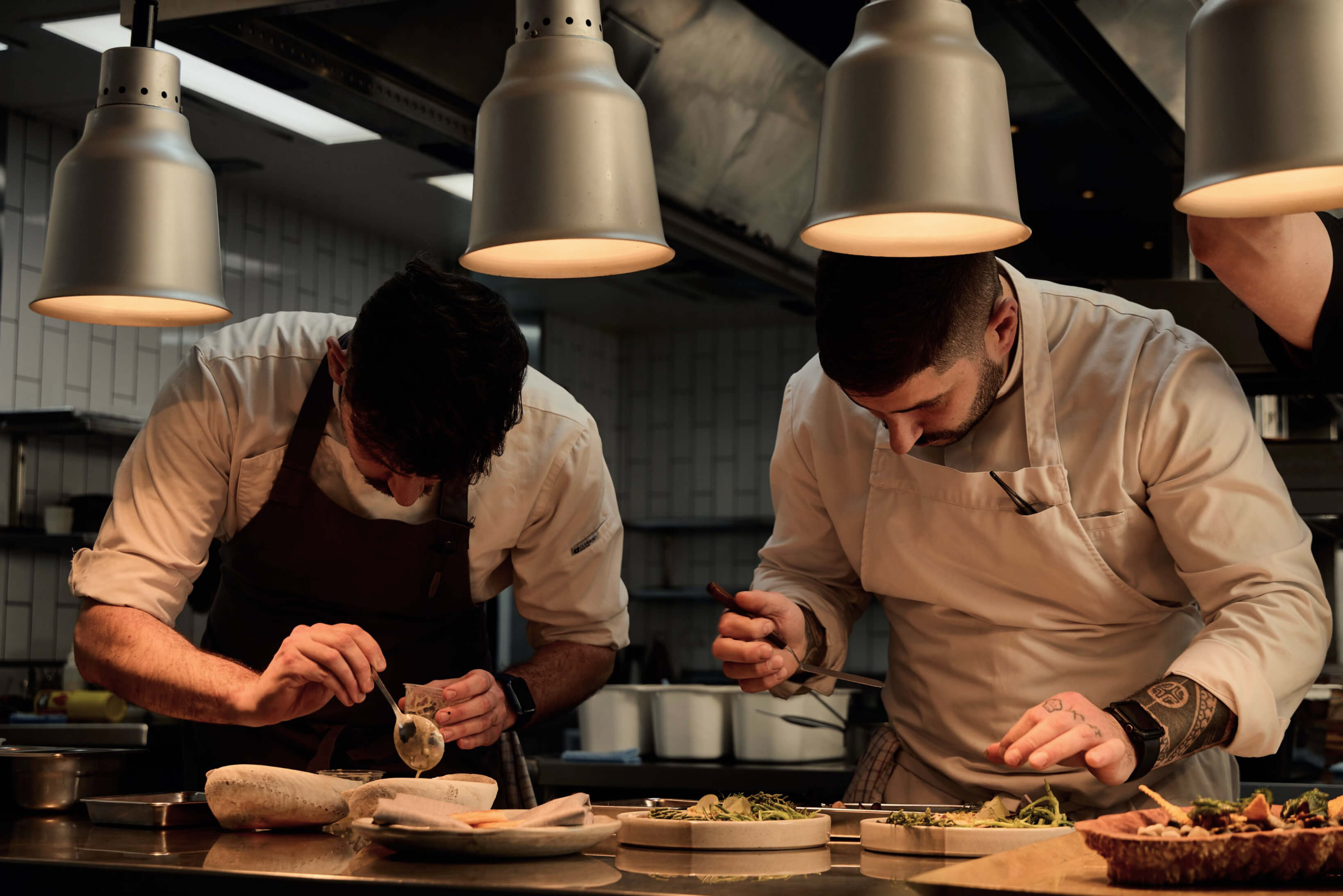
The menu changes often as it is based on seasonal cuisine sourced from the same local communities as the wines themselves. Each dish is highly imaginative nuevo Australian cuisine with Japanese and Brazilian influences based on the chefs’ stints working at Michelin-starred restaurants around the world. During the meal, the uber-professional staff act more as guides there to take you on an exploration of the intricacies of their sumptuous menu as well as the wines, held on equal footing as the cuisine.
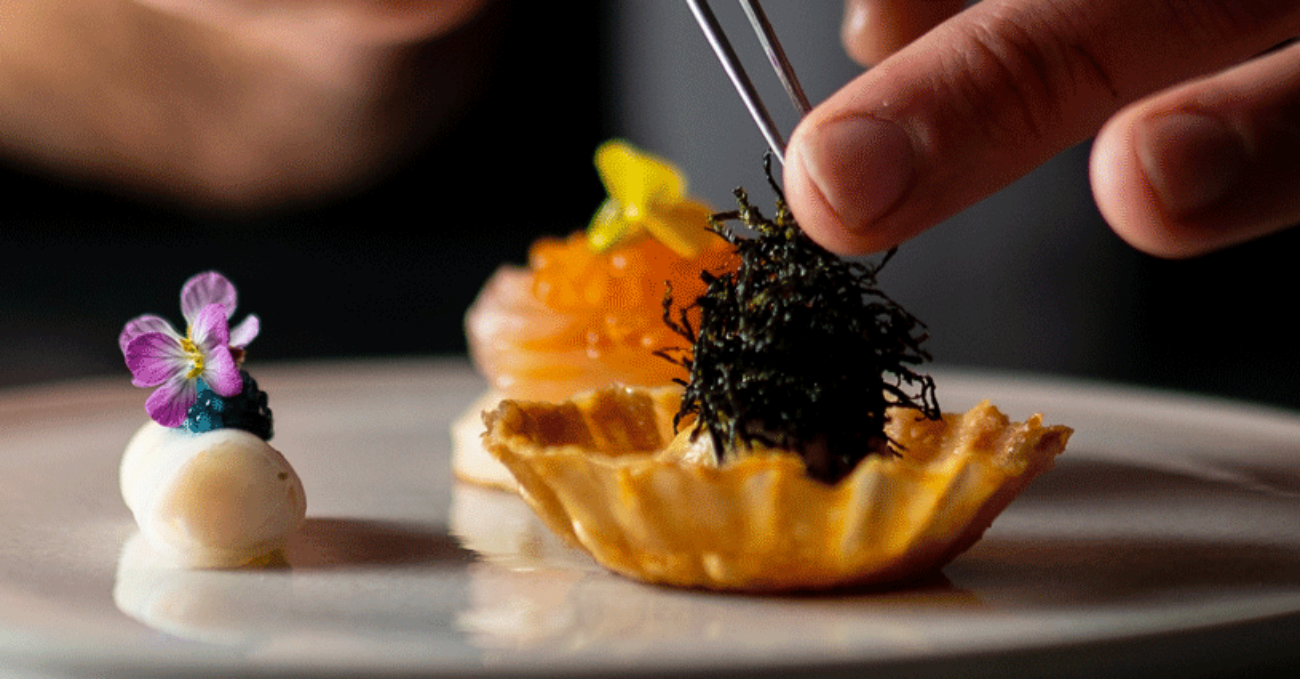
With that, the culinary journey begins. This is a seven-course gastronomic adventure so saddle up and get ready for the ride. Guests have the option to pair with the luxury wine match at a premium price or the sommelier’s choice. The meal begins with what they refer to as “snacks” which is apparently Aussie for the canapés or appetizers. They are morsels in size but main course in taste, each one complicated with color texture, taste, and presentation that come together to equate to simple deliciousness. A single oyster is served on the shell in a plate of pebbles, floating in a sea of fish roe garnished with a delicate lilac edible flower. One favorite that would cause an uproar if removed from the ever-changing menu is the stuffed chicken wings, deboned and stuffed with lobster and scallop, crisply fried to perfection.
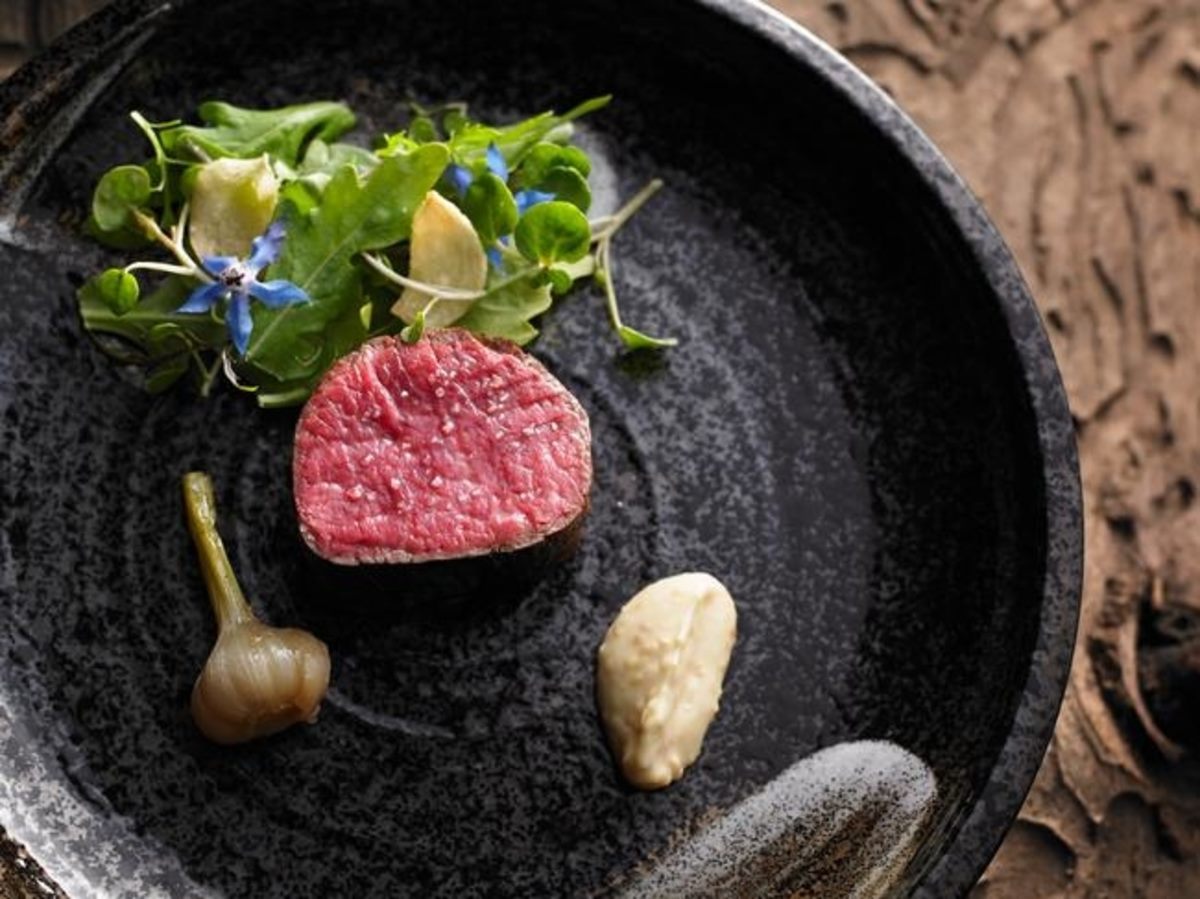
As sublime as the snacks may have been, you’ll be glad to have saved room for the mains. The trio begins with ling fish accompanied by turnip and miso. The complexity of complimenting flavors and texture begins with the crispy skin, contrasting with the turnip puree and pickled ribbon. The duck follows again with crisped skin, a layer of flavorful fat, and succulent meat, dry-aged for three weeks before roasting. The duck is accompanied by fennel salad and dill sprigs. Finally, the lamb is served, lightly salted with kale salad dotted with yellow flowers and sprinkled with salty mullet row. After the palate cleanser, the journey comes to a sweet conclusion with an apple with pine nut and brown butter, an imaginative take on apple pie. The avant-guard dining experience is only made better with the perfectly matched accompaniment of Penfolds wines.
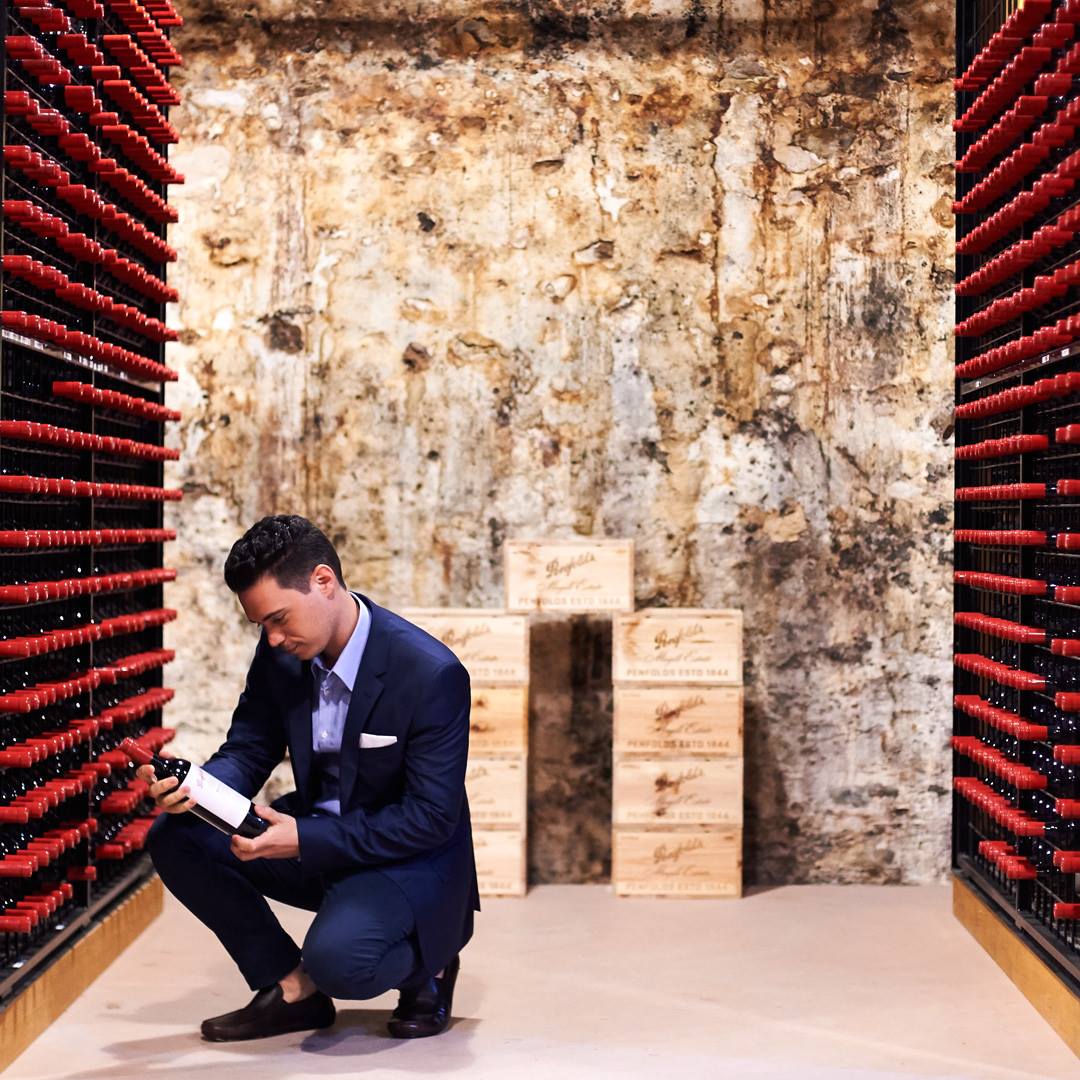
It is as if the culinary experience set out to prove this is how good, good food and good wine can be. This and more they’ve achieved at the Magill Estate Restaurant, and the result is the ultimate Penfolds culinary experience.
A Saga Over 175 Years in the Making
In Australia, there’s a saying used when enjoying a delightful glass of wine. It is typically called upon after swirling, sniffing, and then sipping.
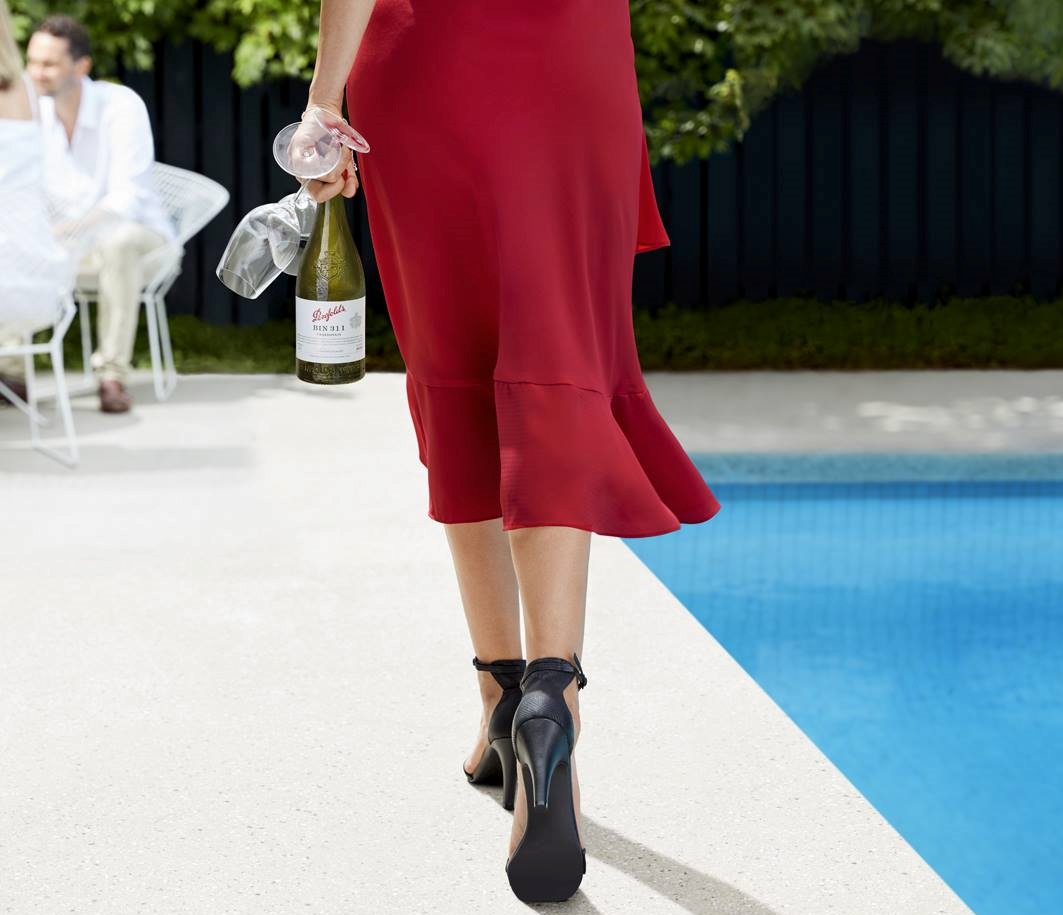
After a few seconds to take in the sensation on the palate, one would then share: Oh my, that is quite the lovely drop. Penfolds has been making wine for over 175 years, and the Grange has proved to be the loveliest drop of all.












